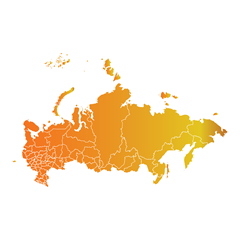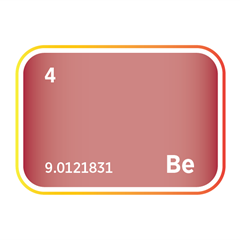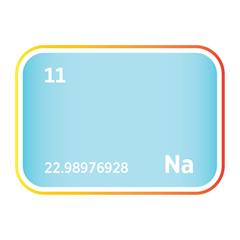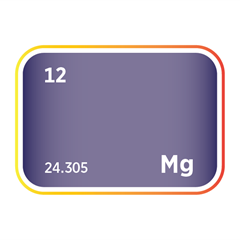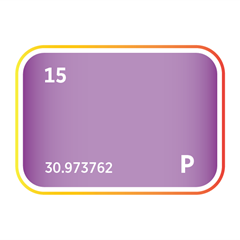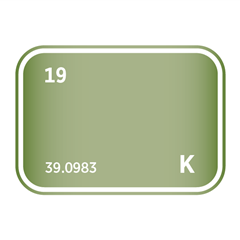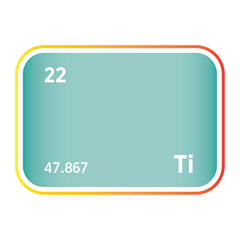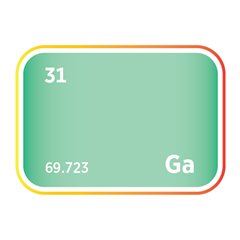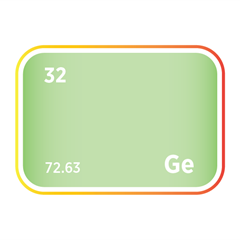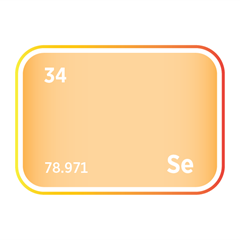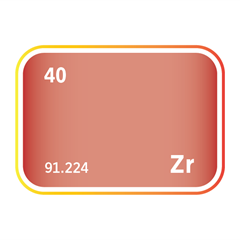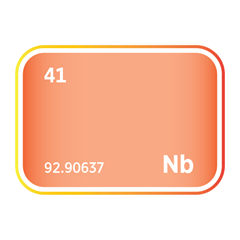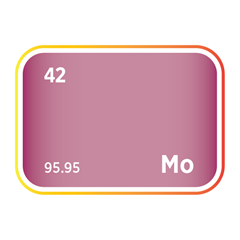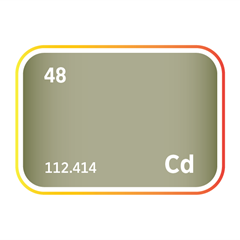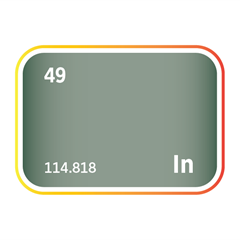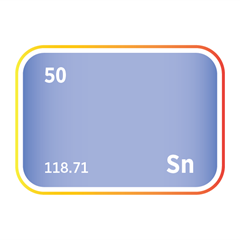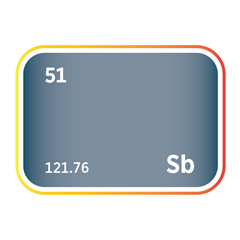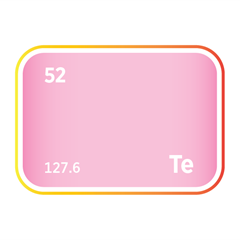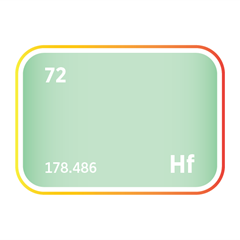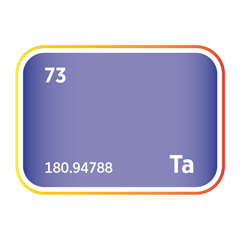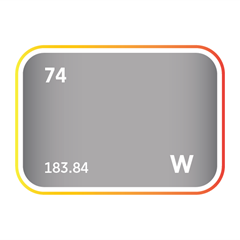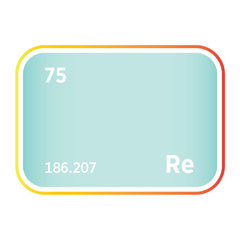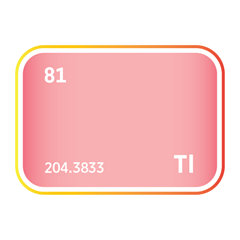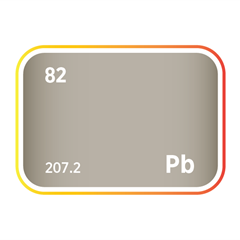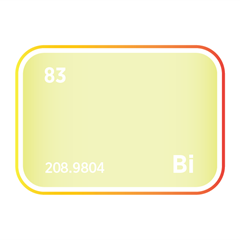Tin
Critical Minerals and The Energy Transition
Navigating the Tin Market
The tin market is crucial to the global economy, playing a pivotal role in soldering, plating, and alloys, especially for the electronics and electric vehicle (EV) industries. Its malleability, corrosion resistance, and low melting point make it essential for circuit boards and EV components like battery modules, aligning tin with sustainable transportation advancements. Beyond electronics, tin's use in food preservation through tin-plated steel containers showcases its wide-ranging applications. The shift towards lead-free solder, driven by environmental sustainability efforts, further elevates tin's market relevance. Yet, the tin market faces volatility from fluctuating technology and EV demands, geopolitical supply chain disruptions, and environmental concerns from mining. This has spurred a move towards sustainable sourcing, recycling, and eco-friendly mining methods. As digitisation and sustainability become paramount, the tin market navigates opportunities and challenges, striving to balance modern demands with responsible sourcing, crucially supporting green technologies and the expanding EV sector.
An introduction to tin
Tin demand and end-uses
Tin is a versatile, corrosion-resistant metal with a long history of industrial use and growing importance in the modern global economy. While traditionally associated with coatings and alloys, tin has become increasingly strategic due to its essential role in electronics, clean energy technologies, advanced materials, and the transition to low-carbon manufacturing. Its chemical stability, non-toxicity, and soldering capabilities make it indispensable across multiple high-value sectors.
The largest and most critical area of tin demand is solder, where tin is combined with metals such as silver, copper, and antimony to form low-melting alloys for joining electronic components. As lead-based solders have been phased out for environmental and health reasons, tin-based solders have become the global standard across consumer electronics, industrial automation, telecommunications, and automotive electronics. Tin solder is vital to circuit boards, connectors, semiconductors, and microprocessors, making it the linchpin of modern electronic manufacturing.
In energy storage and renewable technologies, tin is increasingly used in advanced battery materials. Tin oxides and tin-based alloys are being explored as high-capacity anodes for lithium-ion and sodium-ion batteries, offering improved energy density and cycle life. Tin sulphides have also shown promise in next-generation battery chemistries, including solid-state and flexible battery designs. As demand for electric vehicles, grid storage, and portable electronics grows, tin’s role in enabling longer-lasting and more efficient batteries is expected to expand.
Tin continues to play a vital role in coatings and plating, particularly in the production of tinplate. Tinplate is created when a thin layer of tin is electroplated onto steel to create corrosion-resistant packaging for food, beverages, aerosols, and industrial products. Tinplate combines strength, formability, and resistance to oxidation, making it ideal for long-shelf-life packaging. Despite competition from aluminium and plastics, tinplate remains widely used in regions with established canning industries and growing consumer demand for shelf-stable goods.
Tin compounds are used in chemical and industrial processing as PVC stabilisers, flame retardants, glass coatings, and catalysts. Organotin compounds, in particular, are used as heat stabilisers in plastics and as intermediates in chemical synthesis. While some applications are declining due to toxicity concerns around certain organotins, newer, safer tin compounds continue to support demand in construction materials, coatings, and marine products.
Tin is a key component in alloys that require improved hardness, durability, or corrosion resistance. Bronze, an alloy of copper and tin, has been used for thousands of years and continues to find applications in marine engineering, musical instruments, and industrial fittings. Tin is also used in bearing alloys, pewter, and fusible alloys for fire safety and precision casting.
Tin's role in emerging technologies is gaining attention, particularly in semiconductors and photonics, where tin-based materials are being researched for use in quantum dots, phase-change memory, and optoelectronic devices. Tin telluride (SnTe) and other chalcogenides offer useful thermoelectric and phase-transition properties that may support future computing, data storage, and energy harvesting systems.
Looking ahead, tin demand is expected to rise steadily, driven by the continued growth of electronics, the rollout of renewable energy infrastructure, and the evolution of energy storage systems. While recycling plays a growing role in meeting demand, particularly from solder and tinplate scrap, securing a long-term supply will require investment in exploration and responsible sourcing practices.
Tin’s chemical stability, electrical conductivity, and versatility across legacy and future technologies make it a strategically important material. As the world shifts toward electrification, miniaturisation, and low-carbon manufacturing, tin is poised to remain a quiet but essential enabler of industrial innovation and technological progress.
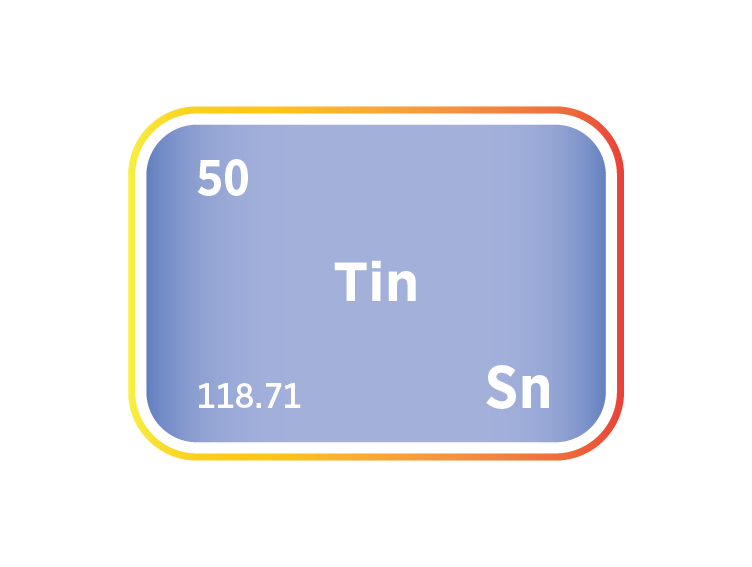
Tin supply
Tin supply is geologically concentrated and geopolitically exposed, with a small number of countries dominating global production. China remains the world’s leading producer, with significant reserves in Yunnan Province and a vertically integrated domestic smelting and refining sector. Indonesia, the second-largest producer, extracts tin from alluvial deposits on Bangka and Belitung islands. However, its sector relies heavily on artisanal and small-scale mining (ASM), which presents acute environmental protection, traceability, and regulatory enforcement challenges.
Myanmar has emerged as a major tin supplier over the past decade, particularly from the Wa State region. However, its output is highly controversial due to limited government oversight, links to armed groups, and a lack of international transparency. Geopolitical instability and growing scrutiny from global tin consumers threaten the long-term reliability of Myanmar's tin exports. Peru and Brazil also contribute sizeable volumes, with tin sourced from hard rock and placer deposits. Brazil’s supply is primarily controlled by state or private mining companies, while Peru’s reserves are located in the Andes and produced by companies like Minsur, one of the world’s few large-scale, responsibly certified tin producers.
Beyond these primary producers, countries such as Bolivia, the Democratic Republic of the Congo (DRC), Russia, and Vietnam also supply tin. However, production from these regions is often constrained by political instability, weak infrastructure, or ASM-related human rights issues. Smelter capacity is similarly concentrated, with China and Indonesia dominating refining, followed by Malaysia, Thailand, and Belgium. This concentration leaves the global tin supply vulnerable to localised disruptions or trade restrictions.
Tin is primarily mined from cassiterite (SnO₂), a dense oxide mineral found in both vein-hosted and alluvial deposits. ASM operations in Africa and Southeast Asia focus heavily on surface-accessible cassiterite, which can be exploited with minimal equipment. While this makes tin production more accessible, it also drives significant environmental degradation, including deforestation, water pollution, and habitat loss. These unsanctioned activities complicate supply chain due diligence and elevate ESG risk profiles for downstream consumers.
Several initiatives have been developed to improve traceability and ethical sourcing in response to mounting public and investor scrutiny, especially from the electronics and packaging sectors. Programmes such as the International Tin Supply Chain Initiative (ITSCI), the Responsible Minerals Initiative (RMI), and adherence to OECD Due Diligence Guidance have improved transparency across parts of the value chain. However, persistent governance gaps in high-risk regions remain challenging when implementing responsible sourcing standards.
Secondary supply plays an increasingly important role in global tin availability. Tin is one of the most recycled non-ferrous metals, with significant volumes recovered from solder scrap, end-of-life electronics, and industrial residues. Its high recyclability enhances its circular economy credentials, particularly in markets with established e-waste processing infrastructure. Nevertheless, global recycling rates are uneven, especially in developing countries with informal or underdeveloped collection systems. Scaling up closed-loop recycling is essential to easing pressure on primary tin sources, especially as tin’s role expands in clean energy, electronics, and battery technology.
Geopolitical and environmental risks continue to define tin’s strategic profile. Several producing countries are under pressure to reform their mining sectors. Indonesia, for example, is preparing restrictions on offshore tin dredging due to its ecological impact. Sanctions against Myanmar and concerns over Chinese trade policies have heightened supply chain vulnerability, pushing major manufacturers to seek diversification and build stockpiles. The EU already lists tin as a critical raw material, and other jurisdictions are considering similar classifications in recognition of its centrality to electronics, clean technologies, and defence manufacturing.
Finally, growing investor interest in tin’s role in energy transition materials has introduced new volatility to global supply and pricing. Tin is increasingly recognised as a technology-critical metal, used not only in conventional solder and plating applications but also in emerging uses such as lithium-ion battery anodes, next-generation semiconductors, and perovskite solar cells. Despite this expanding demand base, exploration activity has lagged behind other base and critical metals, and few new deposits are being developed at scale. This imbalance between structural demand growth and constrained primary supply heightens the long-term risk of shortages, reinforcing the urgency of investment in responsible sourcing, recycling infrastructure, and alternative deposit development.
Tin substitution
Tin substitution is technically feasible in several applications but remains limited in critical sectors due to performance, cost, and compatibility constraints. In the packaging industry, tin used in tinplate coatings for food and beverage containers can be replaced by materials such as aluminium, tin-free steel, plastic laminates, paper composites, or glass. However, few of these substitutes match tin's unique combination of corrosion resistance, chemical stability, recyclability, and safety, particularly for direct food contact. As a result, tinplate continues to dominate in high-performance or regulatory-sensitive packaging environments.
In electronics, where soldering accounts for a significant share of global tin demand, substitution is especially constrained. Tin-based solders, primarily tin-silver-copper (SAC) alloys, have become the industry standard following the phase-out of toxic lead-based alternatives. While silver- and bismuth-based solders offer viable alternatives in certain contexts, they are typically more expensive, less reliable under thermal cycling, or incompatible with legacy circuit board designs. Epoxy resins and conductive adhesives are under investigation as non-metallic substitutes, but these remain limited to niche or low-current applications.
Bronze and bearing alloys traditionally reliant on tin can sometimes be replaced with aluminium-based or other copper alloys, while plastics have replaced tin-bearing metals in select structural or corrosion-resistant components. In chemical formulations, compounds of lead, sodium, or organic alternatives may substitute for tin in specific catalysts or stabilisers, though these options often raise environmental or regulatory concerns of their own.
Overall, tin substitution remains application-specific and often involves trade-offs in performance, cost, or environmental impact. Its strong position in key sectors such as electronics and packaging ensures sustained demand, even as industries explore alternative materials in response to supply volatility and ESG considerations.



Meet the Critical Minerals team
Trusted advice from a dedicated team of experts.

Henk de Hoop
Chief Executive Officer

Beresford Clarke
Managing Director: Technical & Research

Jamie Underwood
Principal Consultant

Dr Jenny Watts
Critical Minerals Technologies Expert

Ismet Soyocak
ESG & Critical Minerals Lead

Thomas Shann Mills
Senior Machine Learning Engineer

Rj Coetzee
Senior Market Analyst: Battery Materials and Technologies

Franklin Avery
Commodity Analyst

How can we help you?
SFA (Oxford) provides bespoke, independent intelligence on the strategic metal markets, specifically tailored to your needs. To find out more about what we can offer you, please contact us.















